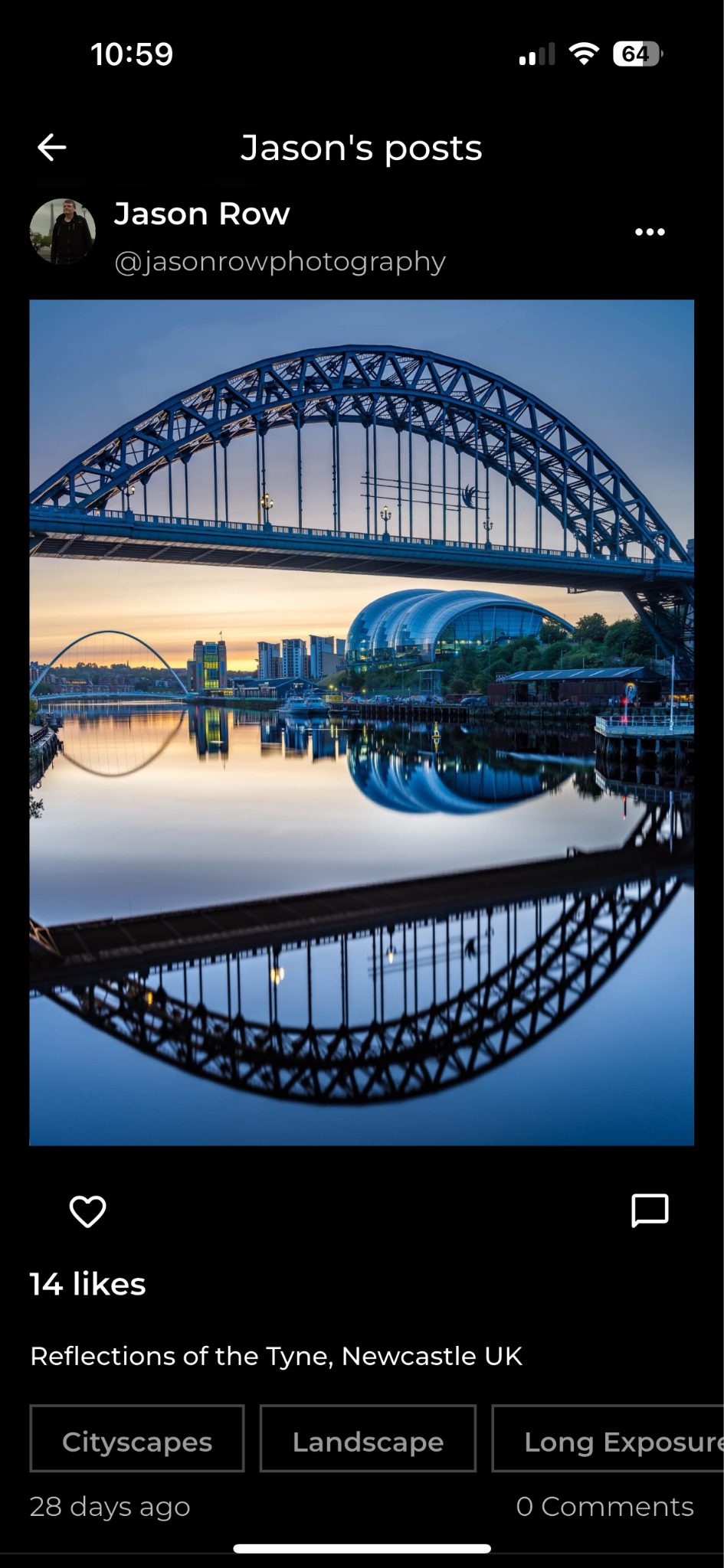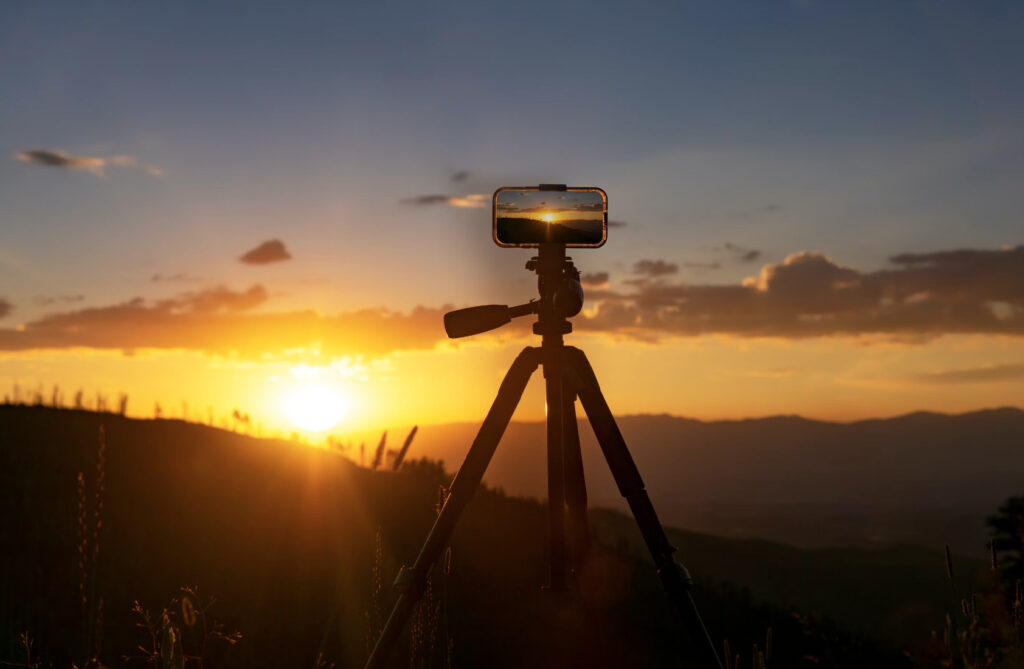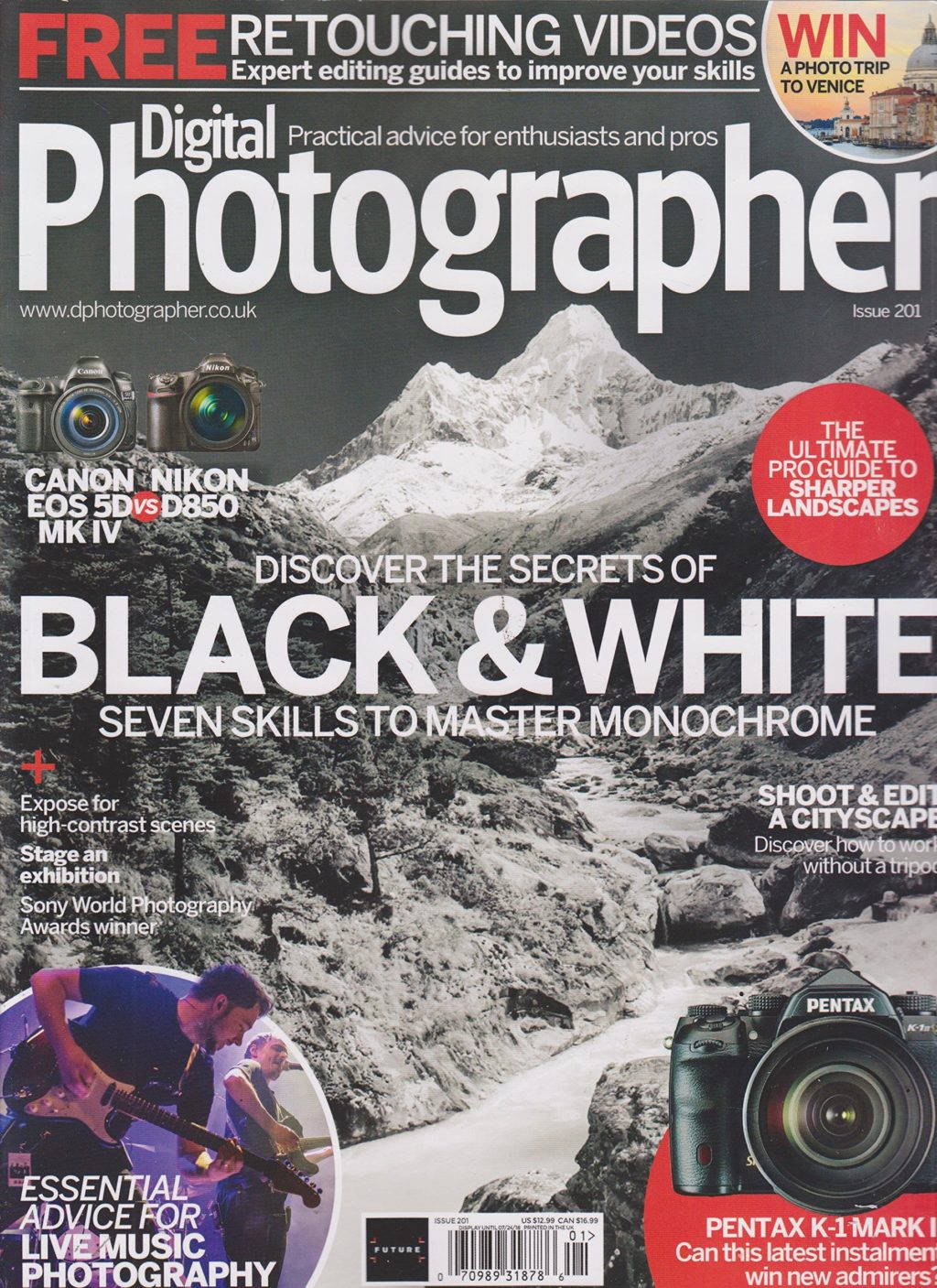It’s been a while since I have been able to do a dedicated photography trip. My last proper one was back in late 2020 to Kyiv, Chernobyl and Istanbul. At the time, due to Covid, Turkey was one of the few, accessible countries that you could get to from Ukraine. Even then, it was a surreal experience.
Just before Covid hit, I needed to cancel a long trip to Asia, when a family member became very ill. Instead of January in Vietnam, I spent it in London. I squeezed a brief photo trip to Berlin on my way back to Odesa, then Covid hit.
Just as the world threw off the shackles of Covid, Russia invaded my adopted homeland, forcing my wife and I to take refuge in my country of birth, England. So after finally getting life on an even keel in the UK, thoughts started to return to my Asia trip. Last month I booked the flights, and in early September 2024 I will fly to Bangkok with an open itinerary to shoot what I want, where I want over a 5 week period. But what gear will I be taking with me?
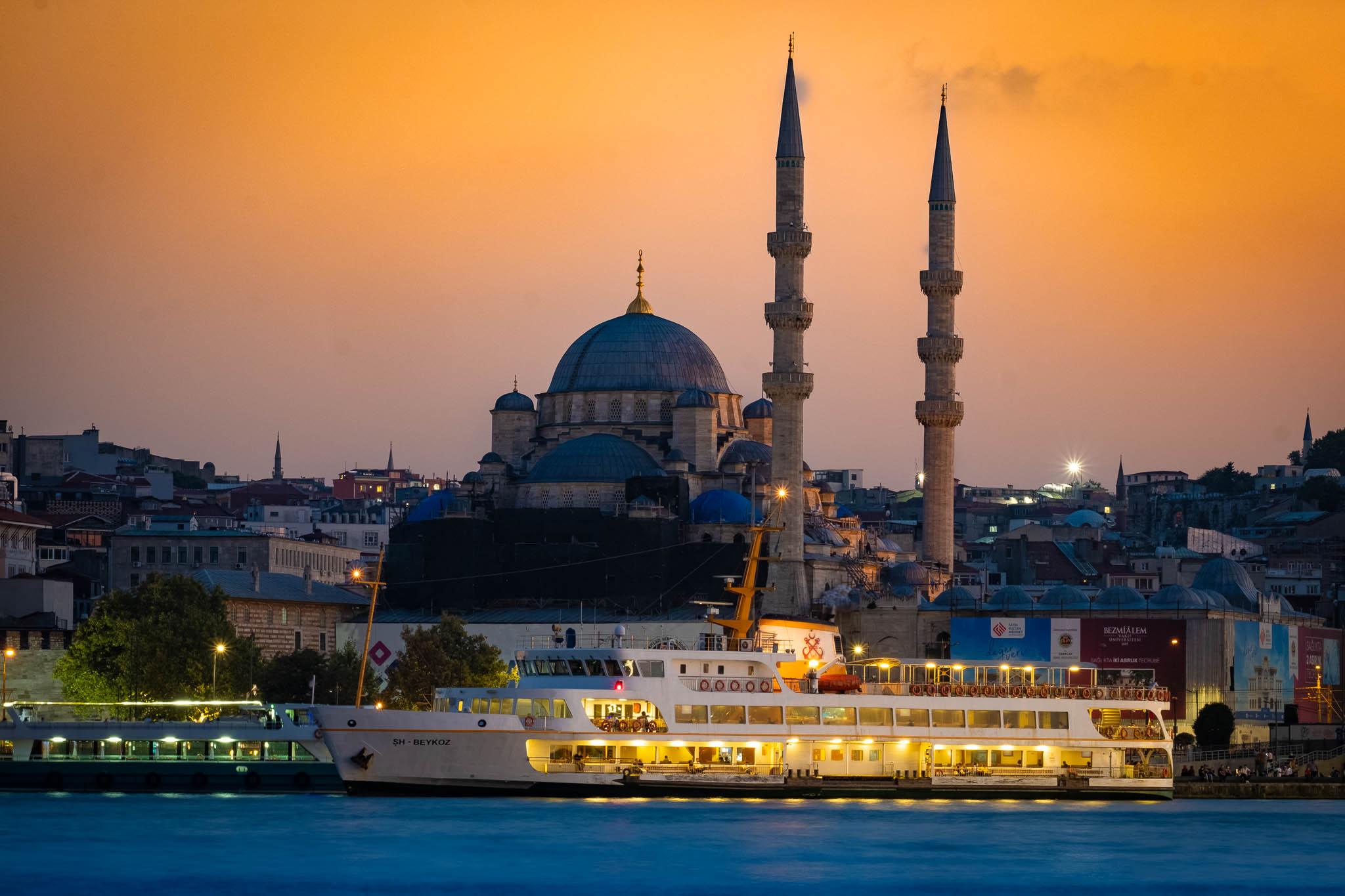
The iPhone 15 Pro
A couple of months back, I wrote an article on shooting video on an iPhone 15 Pro. It was inspired by a trip to Edinburgh where I failed to get my main camera out of its bag. As I planned my Asia trip, one thing kept nagging at me. Could I shoot this entire trip on an iPhone?
The trip would generally be a one to shoot video stock. As the aforementioned article suggests, the iPhone 15 Pro is an extremely capable video camera, it shoots Prores in Apple Log in 10 bit 4:2:2 colour. If that sounds a bit technical, let’s just say, its video output is right up there with top mirrorless cameras. You do have to account for the much smaller sensor though.
There is one massive advantage that the iPhone has over my other cameras though, its size. South East Asia is hot and humid, it can be a hard place to spend hours walking, especially if you are carrying heavy gear. And so an iPhone with a dedicated video cage and a variable neutral density filter becomes a very powerful and very lightweight video rig.

Although the iPhone’s built in stabilization is excellent, I have also tested it by mounting it on my Ronin RS Mini 3, gimbal. This gimbal is designed for small mirrorless cameras but with careful balancing can also take the iPhone with its rig. This will give me some very cinematic stabilization to my shots without adding too much weight. The iPhone will be my go to rig for video in decent light. However…
The Sony a7RV
This is a bit of a curveball to my plans. If you have read my recent article, “I Fell For The Full Frame Fomo”, you will know that I bought a Sony a7RV. It’s an incredible camera, one of the best sensors on the market for stills and a very capable video camera to boot. Having had a couple of weeks working with it, I now know that it has to come to Asia with me.
I have a couple of niches that Sony will fit into. The first is the more considered, high quality shots, often during blue hour or at night. For many of these shots I will be using a tripod, for others, I will be trying to push the boundaries of the a7RV’s high ISO capabilities. Whilst the Sony is not a low light beast it will be massively better than the iPhone and almost certainly significantly better than the Fuji X-H2 that it replaced.
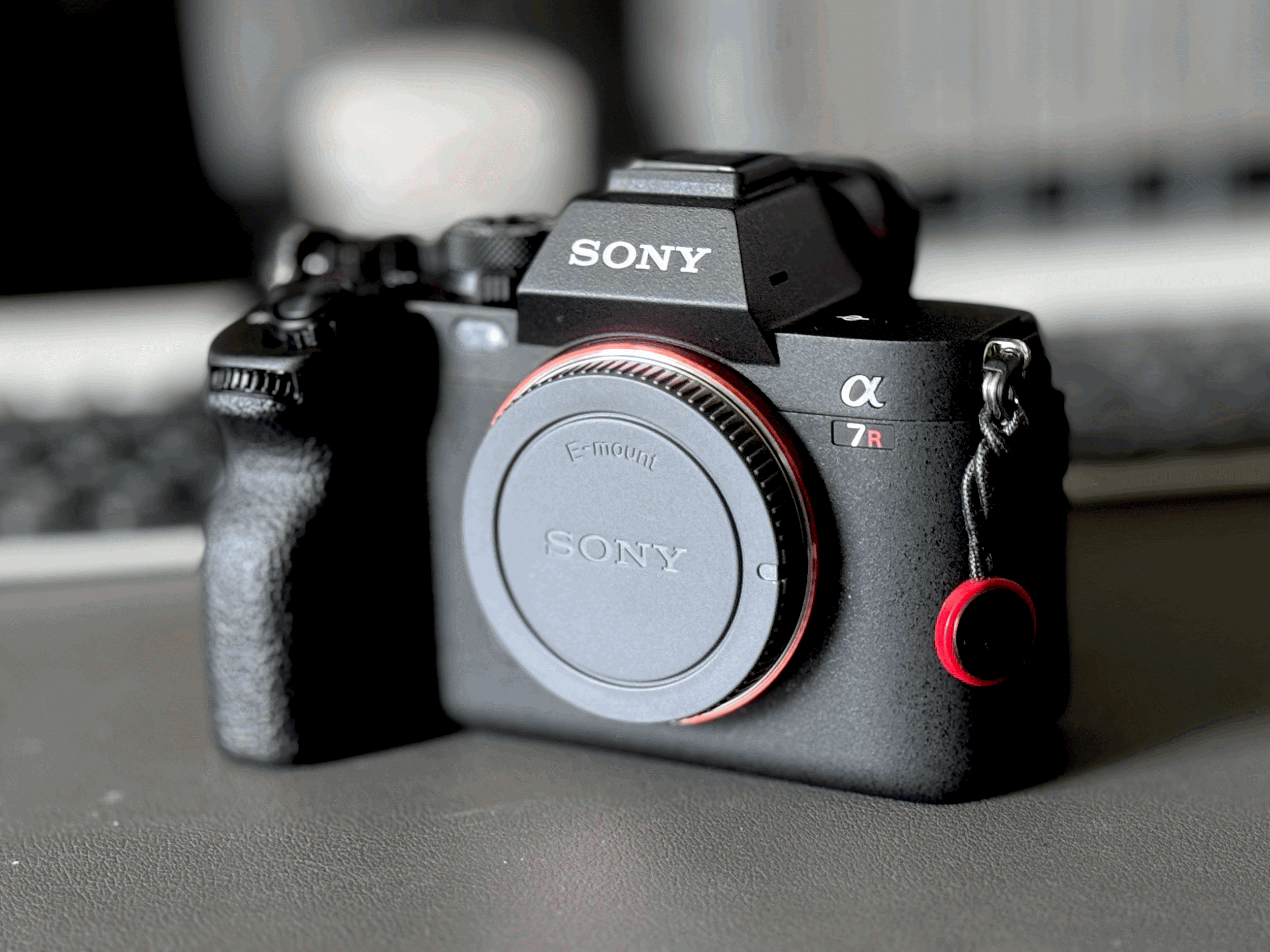
The other niche is low light videography. The Asian cities that I am planning to visit are 24 hour bustling metropolises. Bright lights, big city, perfect for some great video stock. The lens that I bought with the a7Rv is the 24-105mm f/4. This is a great practical lens for most stuff but a little slow for handheld low light photography and videography. So the hunt is currently on for a fast, budget prime or two. I might go with 35mm and 85mm f/1.8s if I can find some reasonably priced used copies.
The DJI Pocket 3
If you have been following my articles here on Light Stalking, you will know that this year, I had planned to build and monetise my YouTube channel. As I write this, I am probably a couple of weeks off full monetisation. That’s well ahead of my planned one year timetable.
One of the tools that has really helped me in that endeavor is the DJI Pocket 3. I use it primarily as a vlogging camera but also for capturing B-Roll. B-Roll is the incidental footage that is used to give a video background interest.
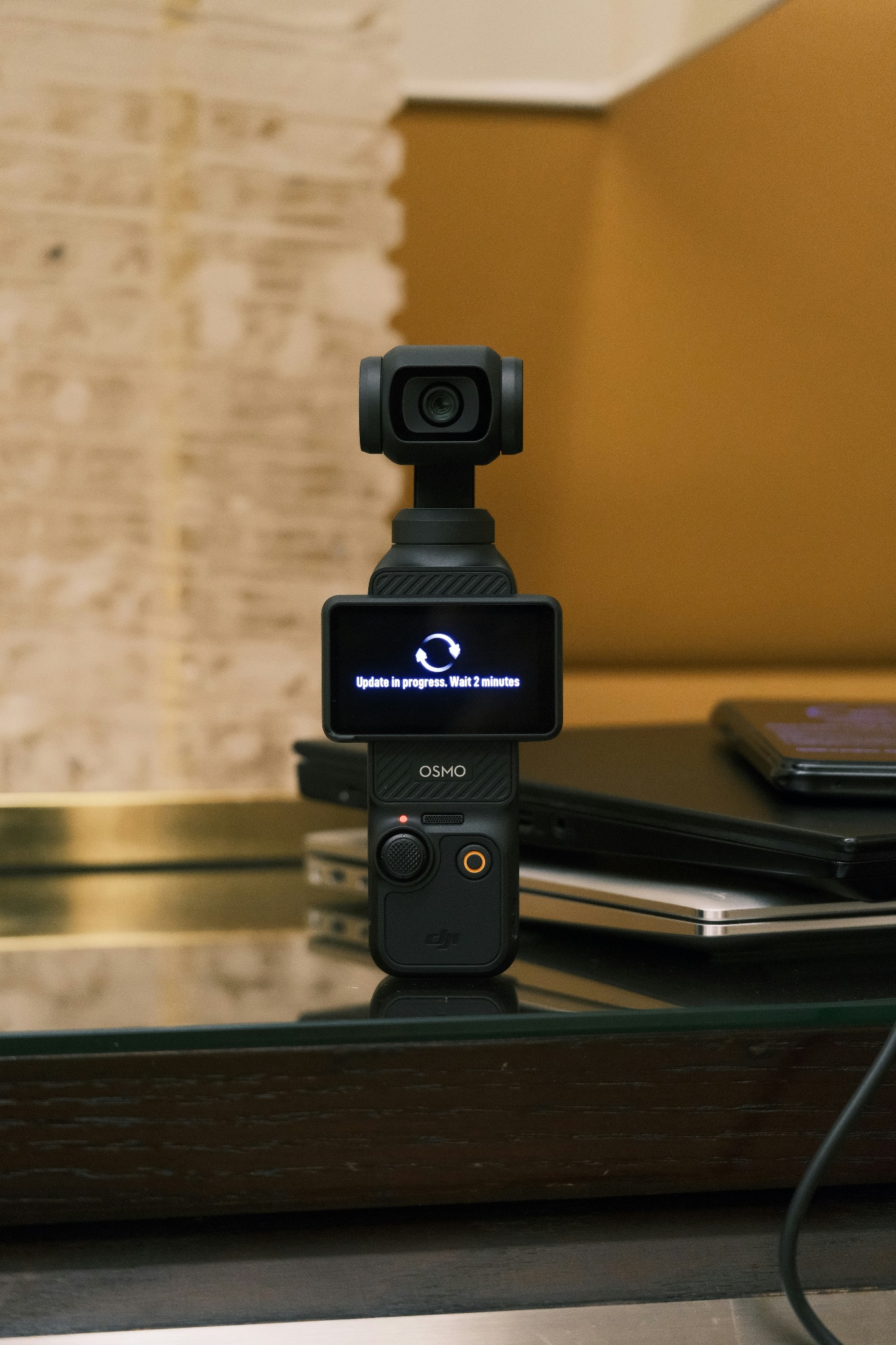
It is a fantastic tool, a tiny camera yet with one inch sensor all mounted on a small gimbal. That one inch sensor means it makes a decent job of low light video whilst the gimbal allows for some lovely cinematic movement. It also shoots in DJI D-Log M, a flat profile giving lots of editing room and the colour is 10 bit.
As I plan to be producing a few Youtube videos about my Asia trip, the Pocket 3 will be the perfect companion.
Other Tools
Sound is very important in Youtube videos. It is suggested people will put up with poor visual quality but turn off immediately if they hear poor sound. Whilst the Pocket 3 has a decent pair of mics, my go to system is the Rode Wireless GO II. This consists of two transmitters with built in mics and a 3.5mm mic input and a receiver that can plug into pretty much any camera or phone. The two mics can also back up internally, a useful feature when my DJI Osmo mic adapter failed on a trip last year.
The aforementioned DJI Ronin RS Mini will be coming with me. This is a tiny, full featured gimbal that can be used both on the iPhone as mentioned but also the Sony a7RV.
The tripod is my 15 year old Manfrotto C055. It’s carbon fiber, so lightweight yet incredibly sturdy. I have said before, spending money on a good tripod is a very worthwhile investment and so it is true with my Manfrotto.
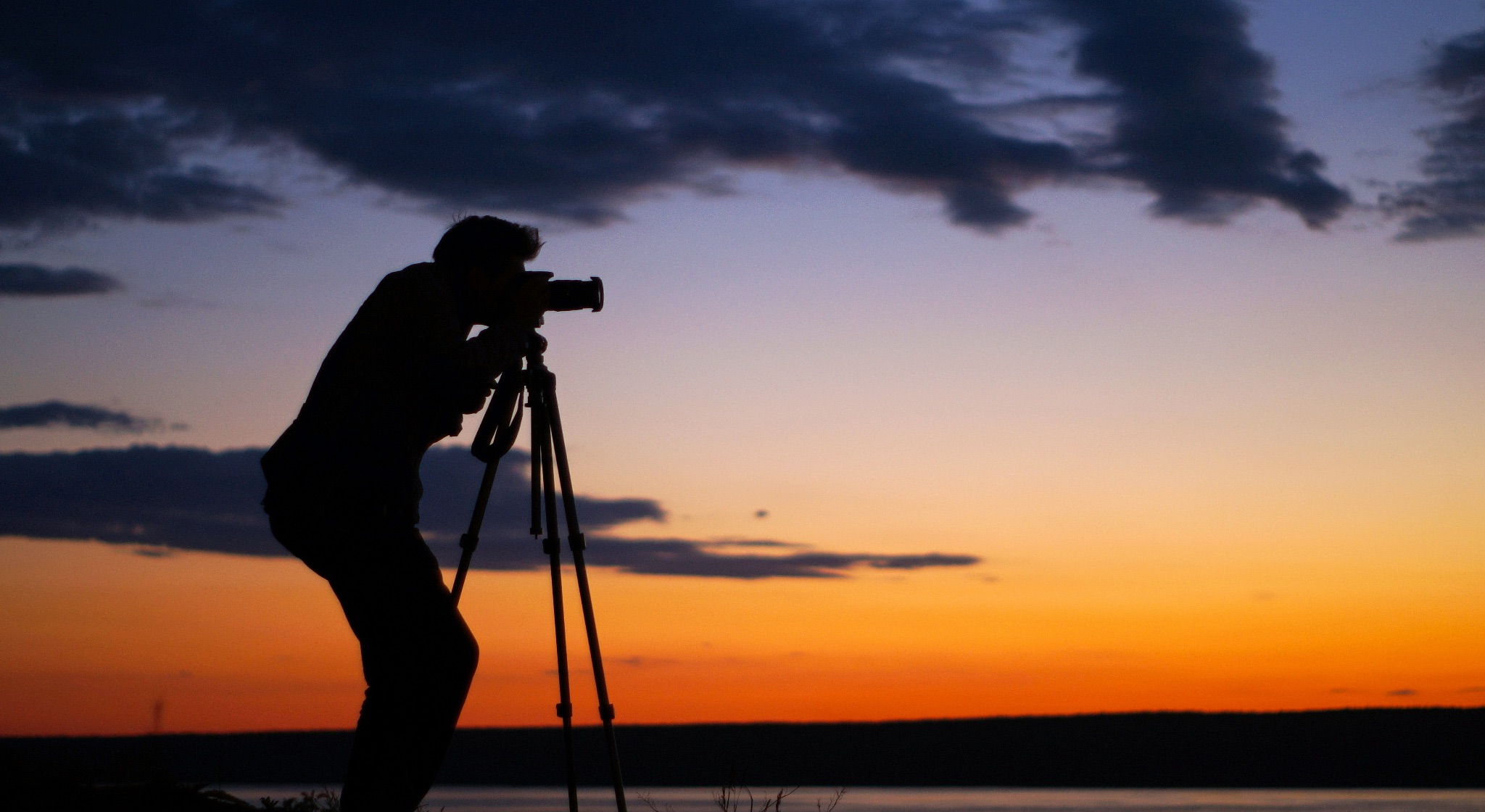
For editing and storage I will take my M1 Macbook Air. It’s more than capable of editing both 4k video and the RAWs from the Sony a7RV. Storage will be a couple of 1TB SSDs, one for iPhone shooting and one for video editing whilst backup will consist of two 4TB HDDs. SE Asia is pretty cheap for computer peripherals so I may pick up some extra storage as needed. I will also back up to the cloud, spending on how fast the Internet is in my chosen hotels.
All of this will be packed into two camera bags. My small Case Logic backpack that will be the carry on bag and main shooting bag and a smaller daypack style sling bag, in which I will carry the iPhone rig only.
So that’s what I will be taking and why. I hope to be able to write some articles on the trip talking about my experiences both with the equipment and with shooting these amazing cities.

